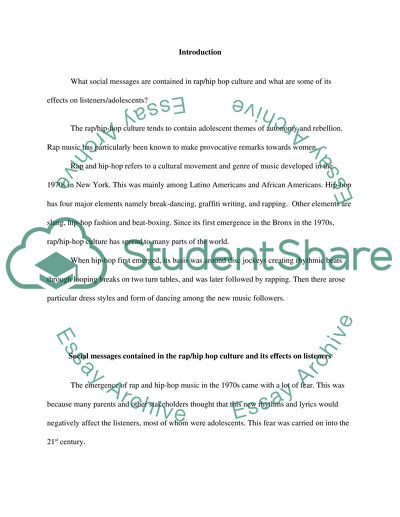Cite this document
(“Rap and Hip-Hop Culture Essay Example | Topics and Well Written Essays - 2250 words”, n.d.)
Retrieved from https://studentshare.org/miscellaneous/1499293-rap-and-hip-hop-culture
Retrieved from https://studentshare.org/miscellaneous/1499293-rap-and-hip-hop-culture
(Rap and Hip-Hop Culture Essay Example | Topics and Well Written Essays - 2250 Words)
https://studentshare.org/miscellaneous/1499293-rap-and-hip-hop-culture.
https://studentshare.org/miscellaneous/1499293-rap-and-hip-hop-culture.
“Rap and Hip-Hop Culture Essay Example | Topics and Well Written Essays - 2250 Words”, n.d. https://studentshare.org/miscellaneous/1499293-rap-and-hip-hop-culture.


